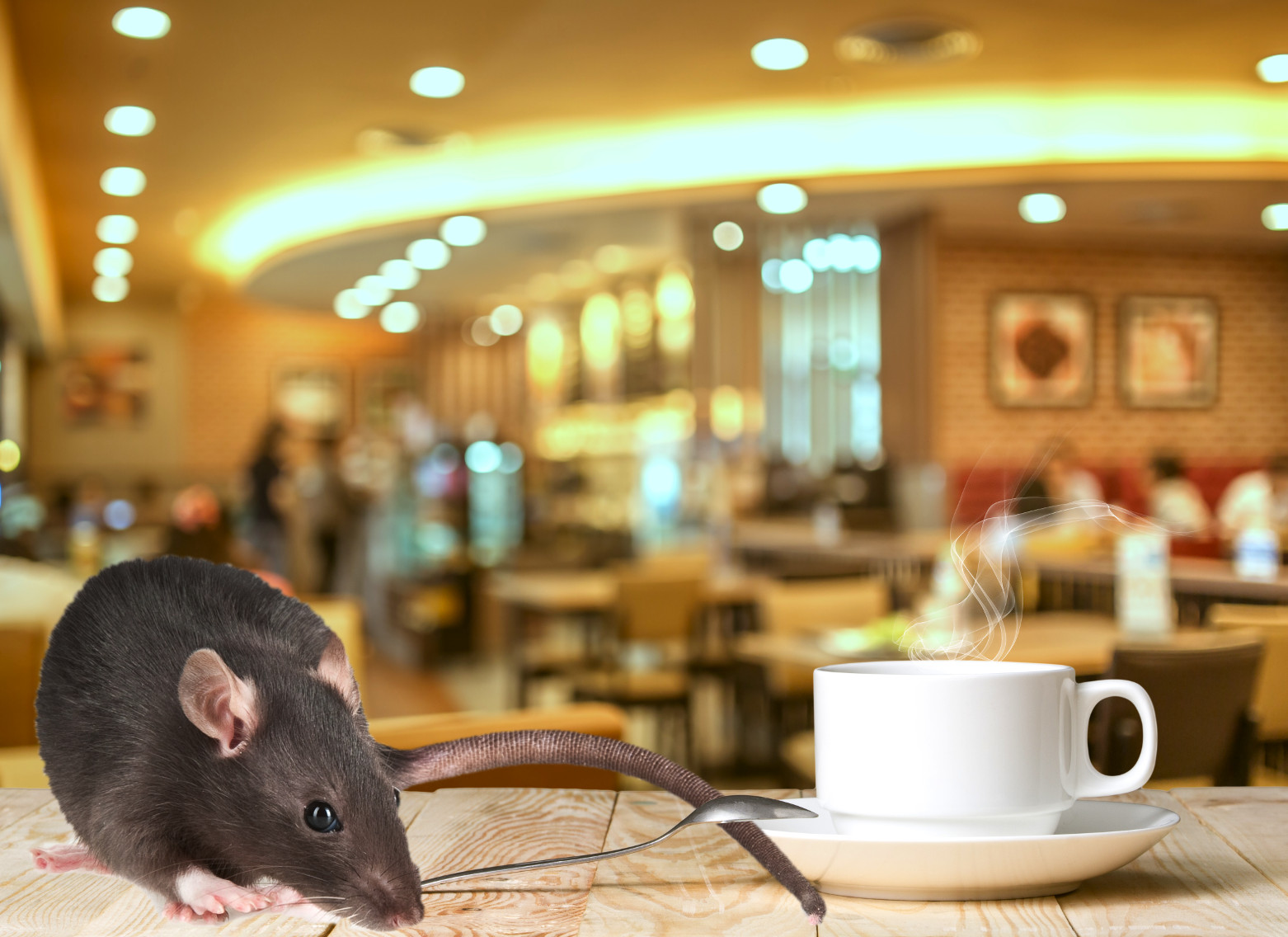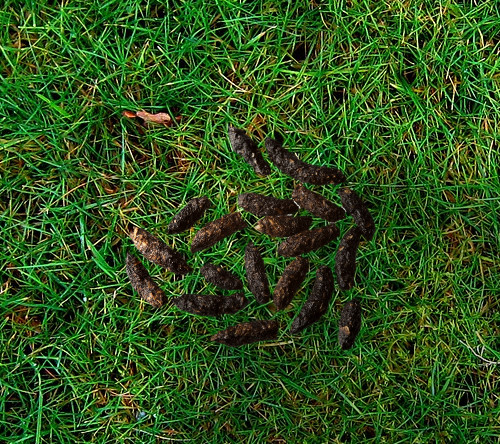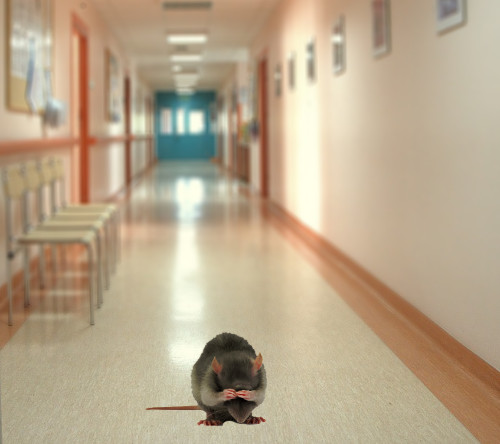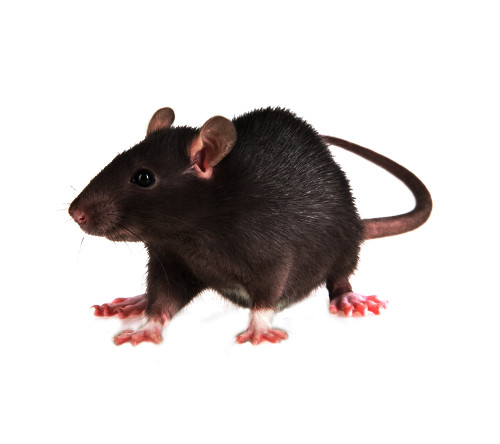Hover or click each rodent to view it's name and/open a link for more information.
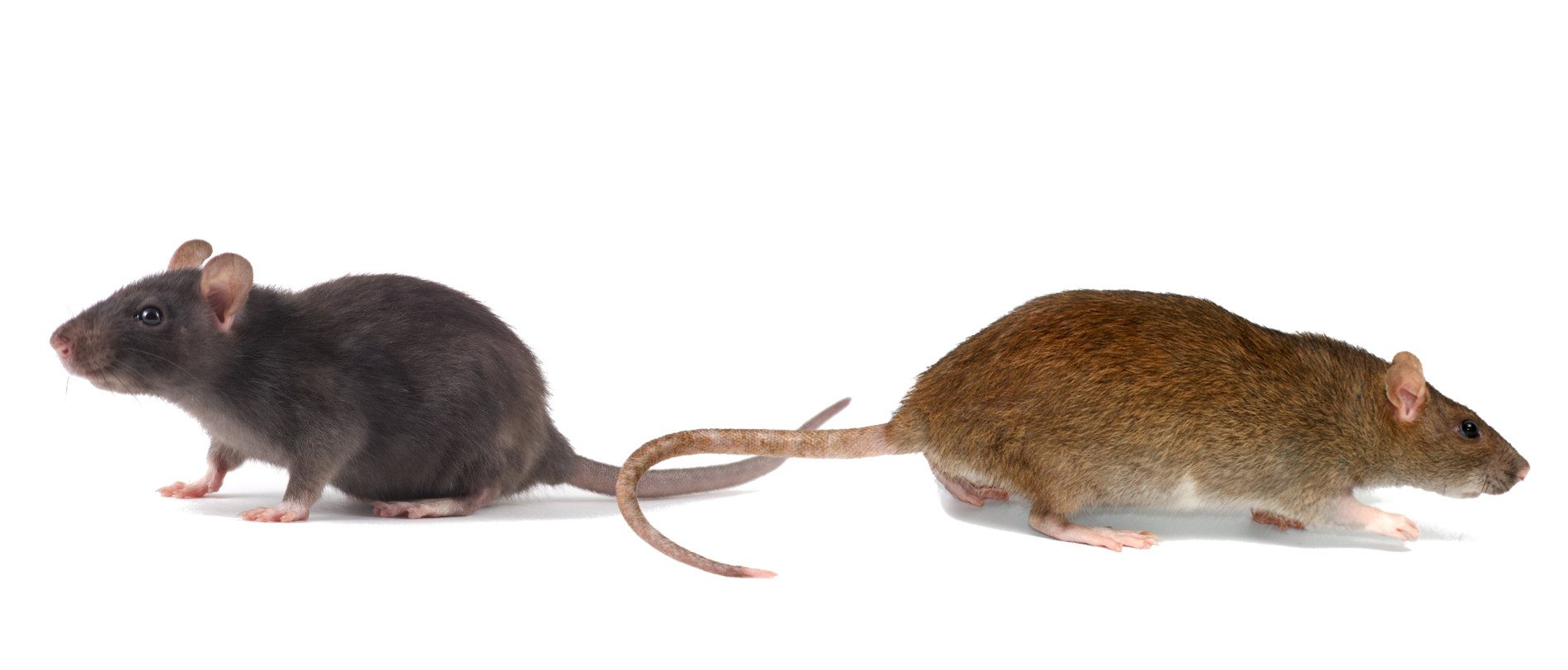
Rodents make up a large part of the mammalian family, with as much as 40% being classified within this sub-group. They have a distinct pair of frontal incisors at the upper and lower jaw and are found throughout most of the globe with the exception of frigid Antarctica. They are far more diverse than any other mammals in existence and live in a wide range of habitats, including artificial, man-made structures.
Rodent species are further broken down into 3 sub-groups: arboreal (living in trees), fossorial (subterranean dwellers/burrowing) and semiaquatic (living on land and partially in water). Popular rodents inlcude: mice (the house mouse & deer mouse) rats, squirrels, porcupines, guinea pigs, hamsters, beavers and prairie dogs. (Rabbits and hares are no longer classified as Rodents and thus are not listed among the most common.)
Rodents are typically small compact creatures with short limbs and long tails. Their incisors are primarily used to gnaw food, dig burrows and for self defence. Most rodents are herbivorous, eating only plant based material while others have a more extensive diet. They are social animals and live in societies which allow them to form complex methods of communicating among themselves.
Rodents like other mammals can be monogamous or very promiscuous. They may give birth to litters that are fairly undeveloped or more developed depending on the species. In some cultures rodents are eaten, used to make clothing, kept as pets and utilized for research purposes. Some species of rodents are commonly found near or in homes and are considered dangerous pests that can spread disease via contamination of food products or drinking water.

Norway rats are fossorial rodents that live within a series of inter-connected burrows underground. These rats mature in 2-5 months, and live on average 18 months - 2 years in the wild and potentially longer in captivity. They have a fairly high reproductive rate with each pregnancy lasting 3 weeks. Females have 3-6 litters per reproductive cycle and on average 20 offspring within any given year.
They have keen hearing, smell, taste, and touch, with their long whiskers, but poor vision, and are also color blind. They can run, climb, jump, and swim. They are nocturnal, and explore a lot, but they are cautious and shy away from newly introduced objects. The head & body length of an adult is about 7-9 in (18-25 cm); the tail length is 6-8 in (15-21 cm) and they usually weigh 7-18 ounces or up to 20.5 ounces.
They have a relatively large body; coarse, shaggy fur; blunt muzzle, small eyes, small ears with dense short hairs; scaly, 2-colored tail, which is darker on top, and is shorter than the length of its head & body. Norway rats are brown with scattered black hairs and gray to yellow-white on their underbelly. Adult droppings are up to 3/4 inches (20mm) long and capsule shaped with blunt ends.
They create their outdoor burrows in the soil along rubbish piles, and under concrete. Burrows have hidden emergency exits. They commonly gnaw objects, eat stored food, and transmit disease via their droppings, urine, bites, and the fleas and mites in their fur.
Norway rats eat anything, but they prefer meat, fish, cereal, and dry dog food. They require a water source other than what they consume for sustenance and consume large quantities at any given time. They return to the same place, but quickly become shy of undesirable food or bait. They will travel to find food or water, gnawing through almost anything, even plastic or lead pipes. An opening larger than 1/2 in (12mm) permits entry of Norway rats into most structures.
Roof Rats are black or brown in colour, 7 to 10 inches long, with long tails, large ears and eyes, and a pointed nose. They are smaller and sleeker than the Norway rat with smooth, near glossy fur.
